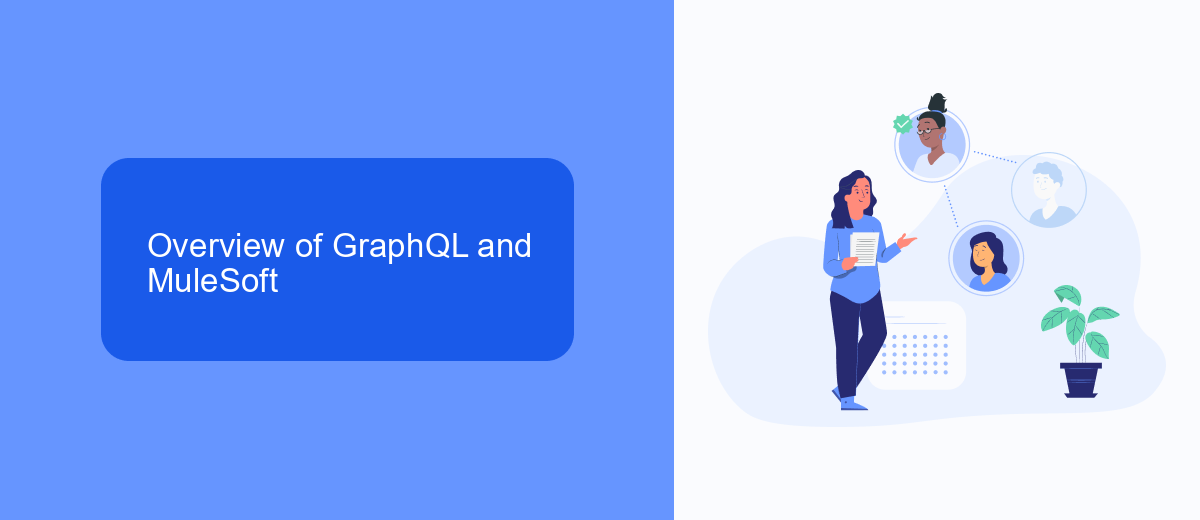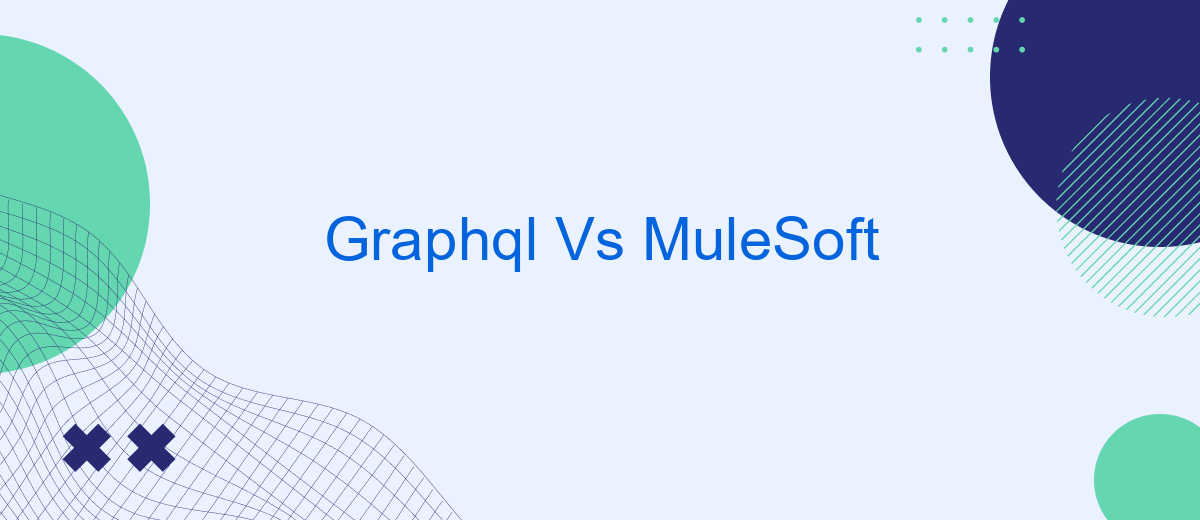In the evolving landscape of API integration, choosing the right technology is crucial for seamless data exchange and system interoperability. GraphQL and MuleSoft are two prominent solutions, each with its own strengths and use cases. This article delves into a comparative analysis of GraphQL and MuleSoft, exploring their features, advantages, and ideal scenarios for implementation.
Introduction
In the rapidly evolving landscape of digital transformation, businesses are increasingly relying on robust integration solutions to streamline their operations and enhance data connectivity. Two prominent technologies that have emerged in this arena are GraphQL and MuleSoft. Both offer unique capabilities for managing APIs and integrating disparate systems, but they cater to different needs and use cases.
- GraphQL: A query language for APIs that allows clients to request exactly the data they need, reducing over-fetching and under-fetching of data.
- MuleSoft: An integration platform that provides tools for designing, building, and managing APIs and integrations, facilitating seamless data flow across various applications.
Understanding the strengths and limitations of GraphQL and MuleSoft is crucial for making informed decisions about which technology to adopt for your integration needs. For example, SaveMyLeads offers a practical solution for businesses looking to automate their lead management processes by integrating various services effortlessly. By leveraging the right integration tools, companies can achieve greater efficiency and drive better business outcomes.
Overview of GraphQL and MuleSoft

GraphQL is a query language for APIs that allows clients to request exactly the data they need, making it efficient and flexible. Developed by Facebook in 2012 and released as an open-source project in 2015, GraphQL provides a complete and understandable description of the data in your API, enabling powerful developer tools and easier integration with various front-end frameworks. It allows for the aggregation of data from multiple sources, reducing the need for multiple API calls and improving performance.
MuleSoft, on the other hand, is an integration platform that enables businesses to connect applications, data, and devices across on-premises and cloud computing environments. With its Anypoint Platform, MuleSoft provides a unified solution for API management, design, and analytics, making it easier for organizations to develop and manage APIs at scale. Services like SaveMyLeads can enhance the capabilities of MuleSoft by automating the integration process, reducing manual effort, and ensuring seamless data flow between various software applications. This helps businesses to streamline their operations and improve efficiency.
Comparison of Key Features

When comparing GraphQL and MuleSoft, it's crucial to understand their key features to determine which is better suited for your integration needs. Both platforms offer unique capabilities that cater to different aspects of API management and data handling.
- Data Fetching: GraphQL allows clients to request precisely the data they need, reducing over-fetching and under-fetching issues. MuleSoft, on the other hand, uses a more traditional REST-based approach, which can sometimes lead to inefficiencies in data retrieval.
- Integration Capabilities: MuleSoft excels in integrating various systems, applications, and data sources through its Anypoint Platform. It provides a comprehensive suite of tools for building, managing, and monitoring APIs. GraphQL focuses more on querying and manipulating data rather than on integration.
- Ease of Use: GraphQL offers a more flexible and developer-friendly syntax for querying APIs. MuleSoft, while powerful, may require more extensive setup and configuration, making it potentially less accessible for smaller teams.
- Community and Ecosystem: GraphQL benefits from a large and active open-source community, which contributes to a rich ecosystem of tools and libraries. MuleSoft, being a commercial product, offers robust support and enterprise-grade features but may come with higher costs.
In conclusion, the choice between GraphQL and MuleSoft depends on your specific needs. If you require fine-grained data fetching and a flexible API query language, GraphQL is the way to go. However, for comprehensive integration solutions and enterprise-level support, MuleSoft stands out. Additionally, services like SaveMyLeads can further streamline your integration processes, offering automated data synchronization and workflow management.
Use Cases and Applications

GraphQL and MuleSoft are powerful tools used for different purposes in the realm of data integration and API management. GraphQL is primarily used for querying and manipulating APIs, providing a flexible and efficient way to fetch data from multiple sources. MuleSoft, on the other hand, is an integration platform that allows businesses to connect applications, data, and devices seamlessly.
GraphQL is particularly beneficial for front-end developers who need to optimize data fetching, reducing the number of requests and the amount of data transferred. MuleSoft is advantageous for enterprises looking to streamline their integration processes and connect various systems in a unified manner.
- GraphQL: Optimizing data fetching for single-page applications (SPAs)
- MuleSoft: Integrating enterprise systems like ERP, CRM, and databases
- GraphQL: Enabling efficient data querying for mobile applications
- MuleSoft: Connecting cloud services and on-premises applications
For businesses looking to set up integrations quickly and efficiently, services like SaveMyLeads can be invaluable. SaveMyLeads offers a platform to automate lead processing and integrate various marketing and sales tools, making it easier to manage customer data and streamline workflows. Whether using GraphQL for efficient data querying or MuleSoft for comprehensive integration solutions, the right tools can significantly enhance operational efficiency.
Conclusion
In conclusion, both GraphQL and MuleSoft offer distinct advantages depending on the specific needs of a project. GraphQL provides a flexible and efficient way to query data, making it an excellent choice for applications that require real-time updates and complex data interactions. Its ability to fetch exactly what is needed minimizes data transfer and optimizes performance, which is particularly beneficial for mobile and web applications.
On the other hand, MuleSoft excels in integrating various systems and services, offering a robust platform for enterprise-level solutions. Its pre-built connectors and integration capabilities simplify the process of connecting disparate systems. For businesses looking to streamline their integration processes, services like SaveMyLeads can further enhance efficiency by automating workflows and reducing manual intervention. Ultimately, the choice between GraphQL and MuleSoft should be guided by the specific requirements and goals of the project at hand.


FAQ
What is GraphQL?
What is MuleSoft?
How does GraphQL differ from MuleSoft?
Can GraphQL be used with MuleSoft?
What tools can help with automating integrations for GraphQL and MuleSoft?
Don't waste another minute manually transferring leads from Facebook to other systems. SaveMyLeads is a simple and effective tool that will allow you to automate this process so that you don't have to spend time on the routine. Try SaveMyLeads features, make sure that this tool will relieve your employees and after 5 minutes of settings your business will start working faster.
